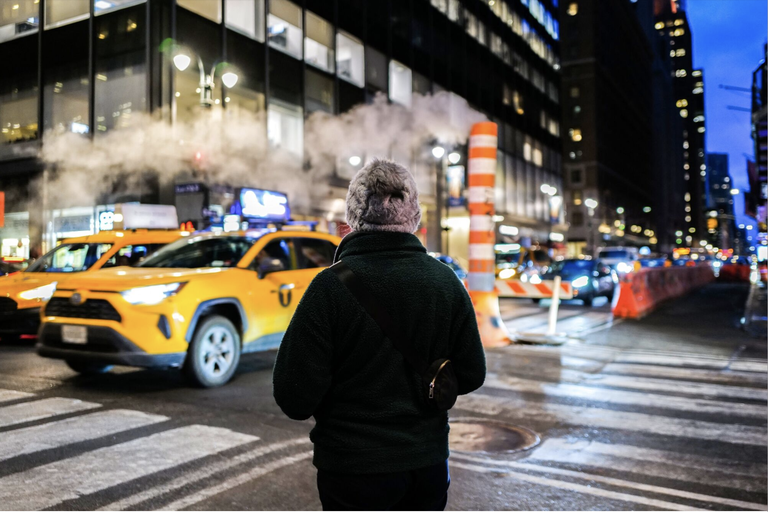New York City just had its safest-ever year for pedestrians. What went right? (Bloomberg)
Shift into Safe News
Ten years after New York became the first U.S. city to adopt the Vision Zero traffic safety model, transportation authorities and activists see progress and frustrations.
Not long ago, a pedestrian was hit and killed by a car just about every day in New York City. Even as traffic fatalities declined overall in the U.S. in the early 1990s, New Yorkers were being killed by cars at nearly double the national rate. In 1990, the death toll exceeded 700, and half of those victims were on foot. “What is wrong with New York?” the New York Times asked in 1993.
But today it’s a different story. Notwithstanding the COVID-19 pause of 2020, the largest city in the U.S. ended 2023 with its safest year for pedestrians since record-keeping began 114 years ago, with 101 deaths for a metropolis of 8.5 million people.
That improvement contrasts significantly with the grim national numbers on traffic safety. About 7,500 pedestrians died on American roads in 2022, a four-decade high, and 2023 fared only slightly better. The U.S. traffic safety crisis puts the country increasingly out of step with the rest of the industrialized world; although data varies by state, it’s also a sobering report card for Vision Zero, the policy goal of zero traffic fatalities that many municipalities have adopted in recent years.

New York City was the first U.S. city to implement Vision Zero, weeks after then-Mayor Bill de Blasio took office in January 2014. The city dropped its speed limit to 25 mph, launched a speed camera program and started education campaigns for both drivers and pedestrians. Today, city authorities are eager to trumpet their progress.
“New York City is leading the nation on pedestrian safety and it has saved countless lives,” said New York City Department of Transportation Commissioner Ydanis Rodriguez in an interview. “This is not an accident. It’s a result of our work at NYCDOT and our partners on Vision Zero, and the support of Mayor Eric Adams on prioritizing engineering, education and enforcement.”
But there are some big caveats to this success story. Total traffic fatalities in New York City remain high, and drivers are dying in crashes at greater rates than before, thanks to a spate of dangerous speeding and bigger vehicles, experts say. So are bicycle riders, with fatal crashes involving cyclists at a 23-year high. The rising number of electric bikes has been cited as a factor — 23 of the 30 cyclists killed in 2023 were on e-bikes, mostly in vehicle collisions on roadways that lack bike lanes. An average day on New York City’s streets still carries about eight serious injuries.
And while New York City’s improvement in protecting pedestrians is worth noting, so is the even-more-impressive record assembled by close neighbors like Hoboken, New Jersey, which just celebrated its seventh year without a single traffic fatality. (Nearby Jersey City has also had an impressive streak.)
Still, as Vision Zero marks its 10th anniversary in New York City, it’s a good time to take a closer look at how well the city’s blueprint for road safety is working, and ask planners, advocates and engineers what else needs to be done.
Read the full article about how New York City just had its safest-ever year for pedestrians to learn more.
